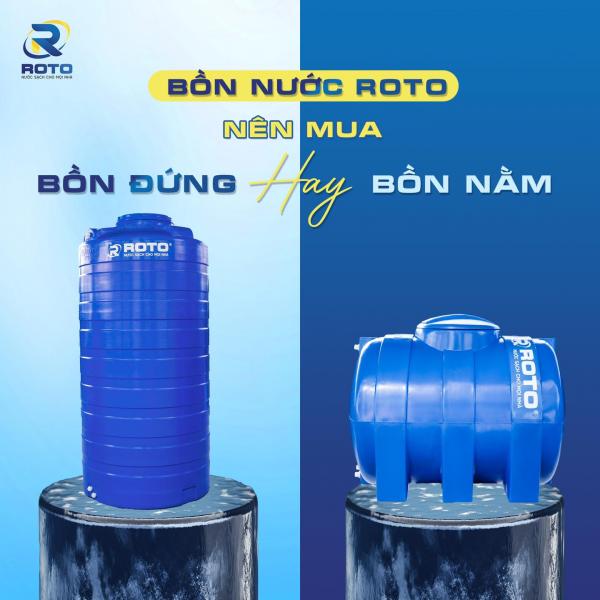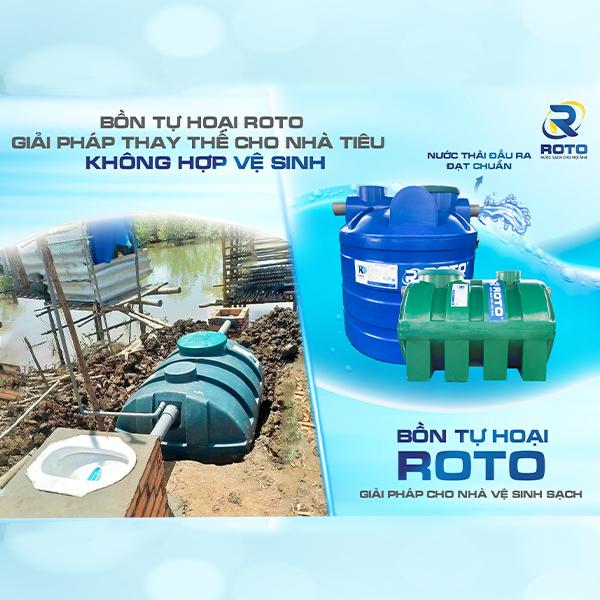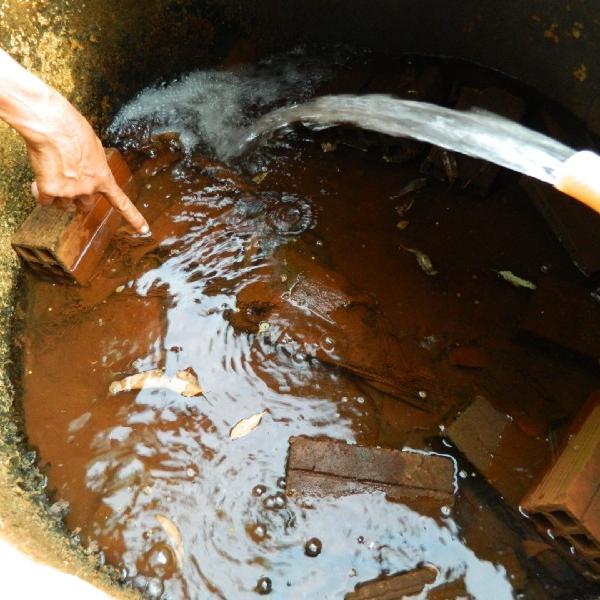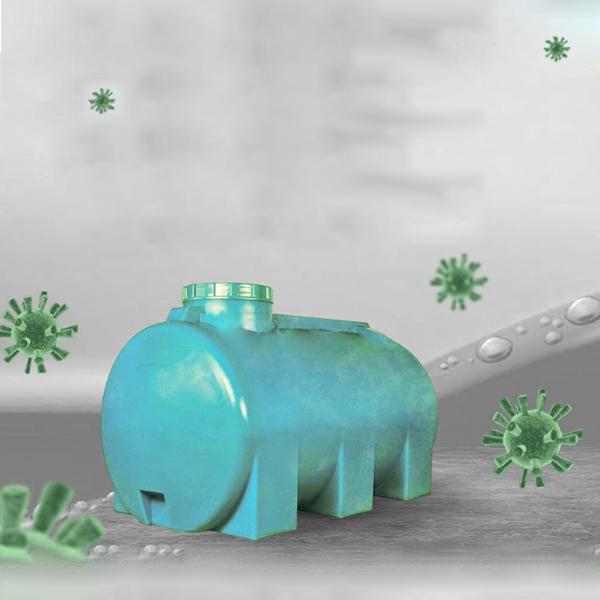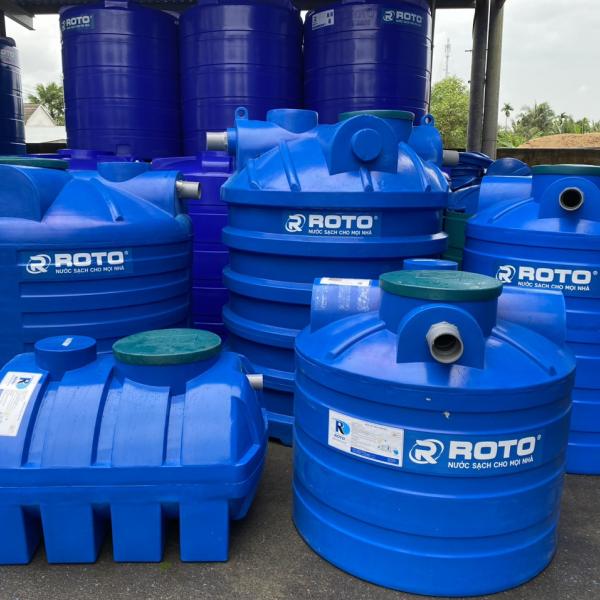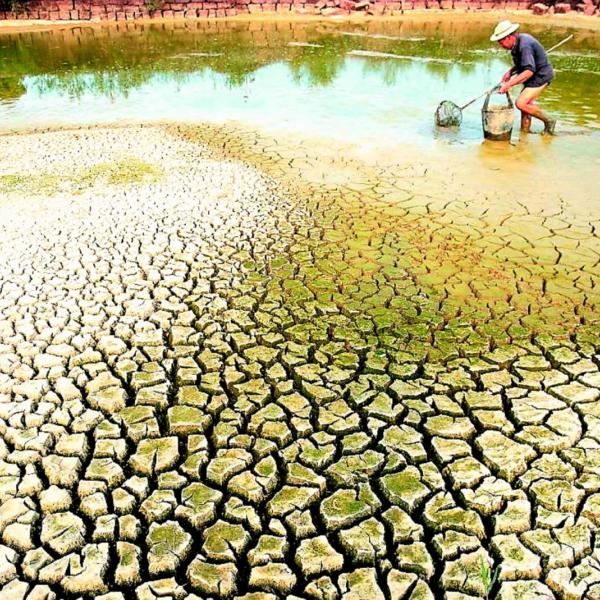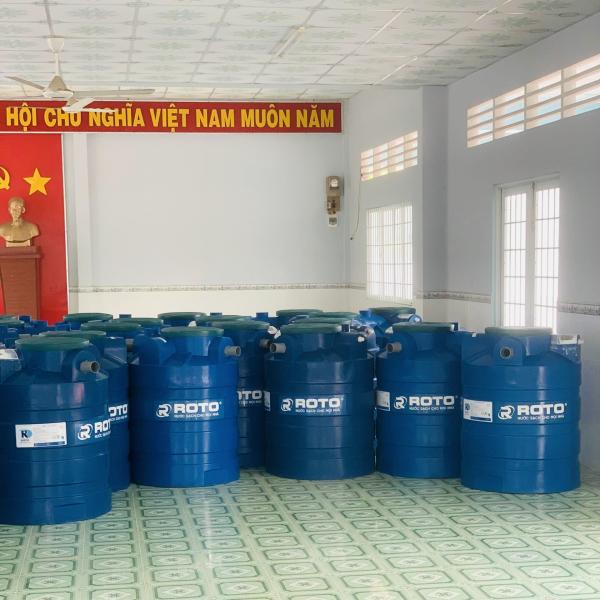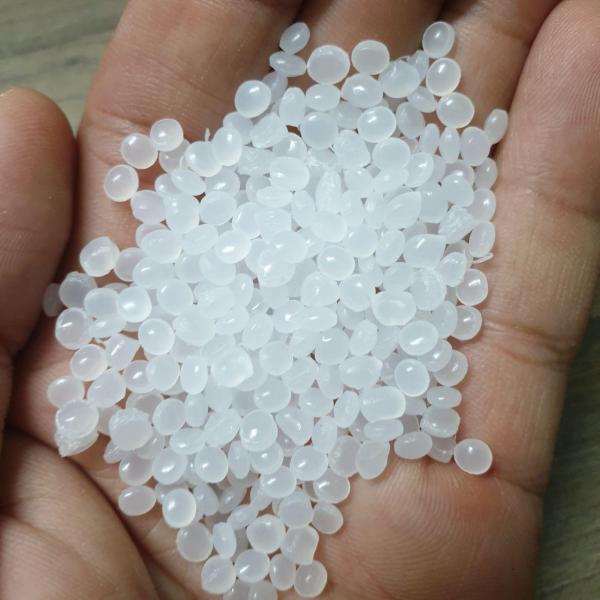What is PE plastic?
.jpg)
PE plastic, whose original name is Polyethylene, Polyethene or Polyethynen, is a plastic with variable crystalline structure and excellent ductility. With the naked eye, we can also easily recognize them through their white color and slight transparency. The material has a rather short heat resistance period, but the heat resistance is relatively impressive, up to 230 degrees Celsius.
In addition to the above basic characteristics, PE plastic is also known for its "3 NO" properties: non-conductive, waterproof and non-thermal. A rare drawback of the material line is the swelling reaction and easy damage when in contact with essential oils or cleaning chemicals.
The molecular structure of PE plastic is Ethylene CH2-CH2. The middle bond is hydrogen saturated molecules, next to 2 carbon atoms. To prepare PE, ethylene monomer polymerization (C2H4) is used.
It is estimated that every year, up to 60 million tons of PE plastic is consumed, which is also the most used plastic in the world. They are widely applied in many fields such as industry, printing, plumbing fittings, electrical applications, ...
Considering both advantages and disadvantages, we can conclude the "quality scale" of the material through the following characteristics:
Advantages of PE
PE plastic prevents moisture and water very well, highly effective waterproof
It is heat resistant and does not change its properties even at low temperatures (up to -58 degrees Celsius)
Easy to process, low cost, safe for users
High aesthetics compared to other types of plastic
Disadvantages of PE
PE plastic has poor odor resistance and is easily permeable to oxygen
Easy to stick to grease, when melted at high temperature causes an unpleasant smell
It is quite difficult to change the characteristic color of PE plastic, to improve it, it is necessary to quickly cool down after boiling PE, but it is quite difficult.
Classification and application of PE . plastic
.jpg)
There are many ways to classify PE plastic. In the most general way, based on crystallinity, molecular weight and density, PE plastic can be divided into 8 basic types:
Plastic VLDPE
.jpg)
This is the plastic with the lowest PE density in the composition. They are amorphous solids with excellent toughness and ductility. VLDPE is widely used in industrial films, shrink films, protective gear production, stretch films, etc., as a component for the production cycle of many other plastics.
LDPE Plastic

Compared with VLDPE, LDPE has a higher density of plastic. This type of plastic is widely used in laboratory equipment, packaging, plastic bags, bottles, ... Of which the most popular is still making plastic bags / packaging bags, ...
Plastic LLDPE
.jpg)
Still has a low density, but the structure of LLDPE is a straight chain. They are widely used in the manufacture of pipes, containers, bottle caps, cables, plastic wrap, toys, etc.
MDPE Plastic

MDPE plastic has an average PE ratio, used to make shipping bags, screwdrivers, sacks, ... This is one of the most used plastics in the Vietnamese market today.
HDPE plastic
.jpg)
The percentage of PE in HDPE is among the second largest in plastic classifications. Also because of the dense density of particles, HDPE plastic has the ability to prevent insects from entering, rot, and mold, so it is used as a water pipe.
Is PE plastic toxic? How to use it effectively?

In addition to the concept of what PE plastic is, the toxicity or safety of the material is also a concern of many readers. In general, this plastic is quite safe and non-toxic when in solid form.
Therefore, you can rest assured when using products from PE plastic in food processing such as cups, cups, trays, diqx, plastic boxes,... However, when it turns to liquid state, PE plastic can produce many harmful toxins. You need to pay close attention to protection and follow expert advice when you need to liquefy PE.
With packaging products from PE plastic, when using you need to note:
Avoid reheating in an air fryer or microwave with excessive heat (over 110 degrees Celsius), especially with high-fat foods, unless your appliance is specifically designed for hot foods. .
Clean the PE plastic box by wiping the grease off the surface with tissue before rinsing it with dishwashing liquid. Absolutely do not clean PE plastic with boiling water or strong cleaning chemicals.
Preserve PE plastic by placing the product in an odor-free environment (to prevent odors from entering PE plastic items).
Article source: Collected

